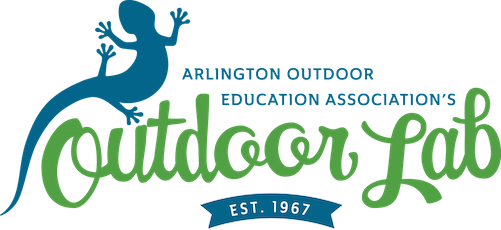The Outdoor Lab staff and board celebrate Native American Heritage Month. We reflect on the great contributions of Native peoples to our Commonwealth and Country and strive to learn and tell their stories of achievement. The land of the Outdoor Lab was originally settled by Manahoac peoples, a Siouxan speaking tribal alliance, which descended from Mississippian mound building cultures. They originally inhabited the Ohio River valley region, with one group migrating east, sometimes called the Eastern Sioux, and another migrating West.
The Manahoac had little interaction with the English colonists in Jamestown and were shielded by the Powhatan confederacy on the coast and Tidewaters. In addition to diseases introduced by Spanish and English explorers, the Manahoac faced pressure from the Haudenosaunee confederacy (Six Nations of Iroquois) and Susquehannock tribes (Iroquoian speaking, also known as Conestoga) who raided their Piedmont homes. The Manahoac migrated South toward the related Monacan tribes and eventually merged with them and the Siouxan speaking Tutelo, Saponi, and Occaneechi.
What we have learned about the Manahoac culture comes from the few interactions documented by Europeans, often through translators from rival tribes, and their archaeological record. They were semi-nomadic and followed the animals they hunted including Deer, Bear, and Eastern Buffalo. They generally settled near streams and rivers and built palisaded villages with small round or oval dwellings covered with reeds and bark. They grew the Three Sisters of corn, squash and beans and managed their game lands by prescribed burning of forests.
In 1608, colonist John Smith explored up the Rappahannock river to its headwaters and documented various tribes and settlements of the Manahoac. Smith captured a wounded Manahoac warrior named Amorolec who told Smith about the tribes of the Manahoac, their enemies and related tribes who lived from the Fall Line up to the Blue Ridge Mountains of Virginia’s rivers. The Whonkentia were settled in current Fauquier County and we can assume from artifacts found at the Outdoor Lab that other Manahoac tribes were living along Broad Run and its tributaries here at the present Outdoor Lab.
In 1754, Thomas Jefferson observed native peoples conducting ceremonies at a burial mound near his Monticello home in Albemarle County, Virginia. He later dug into the mound and recorded his findings in an organized fashion as part of his Notes on the State of Virginia (1787). Jefferson is recognized as an early archaeologist for this work.
The Monacan nation exists today and in 2018 became a federally recognized tribe with tribal land at Bear Mountain in Amherst County, Virginia. The Monacan nation recognizes the Manahoac as part of their ancestors. A living history presentation of a Monacan Village can be seen at Natural Bridge State Park.
The Outdoor Lab encourages you to learn more about the Manahoac and other native peoples and their rich history, culture and accomplishments in our history.

